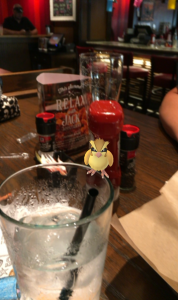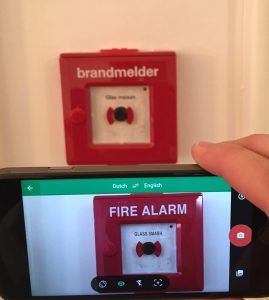
Has there ever been an app that’s captured the world’s imagination as quickly as Pokemon Go? The usage statistics are mind-blowing, and whether or not the world has reached “peak Pokemon Go” yet, this will doubtless be a short-lived fad. But this could be the app that brings augmented reality and location-based marketing into the mainstream.
Already, savvy marketers are using Pokestops to attract (“lure”) prospective Pokemon hunters to their stores. This can provide inexpensive exposure to retailers (a 30 percent boost in sales for a $10 investment for one pizza restaurant!), and is showing real revenue generation results for some. The shrewdest among them will offer additional value-adds for Pokemon hunters, such as free phone charging or discounts for Pokemon fans.
This phenomenon has the mass marketing benefit of providing publicity and boosting foot traffic for a minimal cost.
But how do retailers capitalise on the Pokemon craze?
Increased foot traffic from Pokemon Go gives retail marketers the opportunity to understand each of these new Pokemon hunters individually and identify who's more likely to buy something (and even better, who can be encouraged to create a regular relationship with the brand or store). Here's how:
- Providing free wifi to the Pokemon hunters, and ensuring that they log in to activate the Wi-Fi (preferably through Facebook or another social media account), will give the retailer valuable demographic information about the customer, as well as a way to communicate with them in future.
- Providing Pokemon value-adds within the retailer’s own app to encourage download and usage of the app will enable the retailer to to communicate directly with the Pokemon hunter via in-app messages or push notifications. They can notify them when a new Pokestop is created and can provide Pokemon-related offers as soon as the customer enters a certain geofenced area. The app can also encourage the user to provide additional personal information which can be used for analytical segmentation.
- Employing advanced analytics (and eventually real-time decisioning), will help marketers identify (and communicate with) segments of Pokemon hunters who are open to a marketing offer and encourage purchase/conversion (rather than simply finding their Pokemon and moving on to the next Pokestop).
When the Pokemon Go craze subsides, retailers who have taken these steps will have a relationship with a range of customers who’ve already been to the store and can be encouraged to make future visits.
How can marketers take augmented reality and make it valuable to consumers?
No doubt many marketers are already planning their next augmented reality (AR) based promotions from their own apps, ready to take over the mantle when the Pokemon Go craze passes. And while a new AR app might be interesting, it rarely results in increased brand loyalty or conversion. As fun as it might be to see product offers appearing in AR beside a company logo, the thrill wears off quickly.
As Harvard Business Review rightly points out, “companies have to resist the urge to hastily create AR apps (that risk appearing gimmicky), and instead focus on better understanding how consumers will interact with the technology.”

Bringing AR into the mainstream
It’s ultimately all about the context the customer finds themselves in and whether or not AR makes their lives easier or more convenient. For example, Google Translate’s AR option (which translates live through your phone’s screen) is the perfect example of this – and while its translation accuracy is “mixed,” to say the least, such value-adding AR will eventually find a way into the mainstream.
In the meantime, we’re still waiting for Pokemon Go here in South Africa – and as a result, marketers, retailers and restaurateurs have more time to prepare for the hordes of Pokemon hunters. It will remain a fascinating phenomenon for the rest of 2016 at least.
